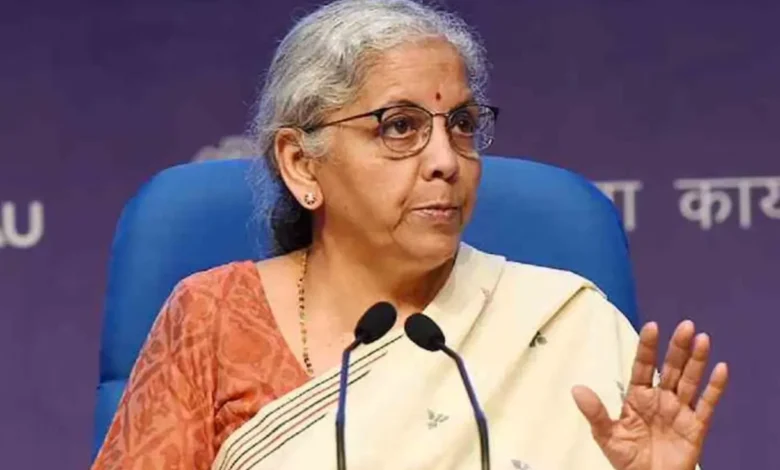GST Council Gives Green Light to Two-Tier Tax System

The GST Council approved an important reform of India’s tax system, which will result in a two-tiered GST structure that has rates between 5% and 18%, with effect from 22 September 2024. The 56th GST Council met for over 10 hours to reach this landmark decision.
This new GST structure is one of the biggest reforms to have taken place since the Goods and Services Tax was implemented in 2017. Nirmala Sitharaman, Finance Minister, announced the decision. She stated that the Council had reduced the number of tax slabs and addressed compensation cess concerns. Reforms are aimed at the average man with substantial reductions in rates for most items of daily use.
These reforms were carried out keeping the average man in mind. Sitharaman said that every tax on items of daily use by the average person has been re-examined and, in many cases, the rates are now drastically lower. She said that the GST will be a boon to labour-intensive sectors, farmers, the agricultural sector, and the health sector.
GST simplified tax structure provides significant relief for consumers in multiple categories. Milk and other dairy products, which are essential foods, have seen a significant reduction in tax rates. UHT milk is now totally free of charge, compared to the previous 5%. Condensed Milk, Butter, Ghee, Paneer, and Cheese will only attract 5% GST, or stay nil-rated. This is a reduction from the previous 12% bracket.
The tax rate on staple foods like malt, starch, pasta, cereals, biscuits, and chocolates will be 5%, instead of 12-18%. In addition, the new GST structure reduces tax rates for dry fruits, nuts, and cashews. Almonds, pistachios, and hazelnuts will now be subject to a 5% rate instead of 12-18%.
Hon’ble Prime Minister Shri @narendramodi announced the Next-Generation GST Reforms in his Independence Day address from the ramparts of Red Fort.
— Nirmala Sitharaman Office (@nsitharamanoffc) September 3, 2025
Working on the same principle, the GST Council has approved significant reforms today.
These reforms have a multi-sectoral and… pic.twitter.com/NzvvVScKCF
Taxes on essential items, such as natural or artificial mineral waters, and aerated water without sugar, will now be 5%, instead of 18%. The tax on fertilizers and selected agricultural inputs, including seeds and crop nutrition, has been reduced to 5% from the previous 18%.
The new GST structure pays special attention to healthcare, as life-saving medicines, medical products, and healthcare devices are reduced from rates of 12-18% down to just 5%, or even nil. Electrical appliances that are intended for general use, but not high-end models, will now be subject to an 18% tax instead of 28%. Textiles and footwear on the mass market also drop in price from 12% to 5%.
The GST structure does not change the fact that harmful products and luxurious goods are taxed more heavily. The existing rates for pan masala, gutkha, and cigarettes are retained, plus a compensation cess. Sugar and sweetened products will face a tax increase from 28 to 40 percent. Luxury and sin goods, such as premium liquors and cars with high prices, are taxed at 40%.
The Prime Minister Narendra Modi has welcomed GST reforms and fulfilled his Independence Day Promise of Next-Generation GST Improvements. Quote placeholder to PM Modi’s claim about the benefits for common men, MSMEs, and farmers, as well as women, youth, middle class, and the middle class.
In addition, the new GST structure exempts all Indian breads as well as individual life insurance policies and prepackaged Paneer. Pan masala, tobacco, and other products will be valued based on Retail Sale Price instead of Transaction Value. This is to ensure better revenue collection and compliance.
GST Council
GST Council is an independent constitutional body that consists of representatives from the Union and States. Its role is to make recommendations regarding GST. The Council was established under Article 279A in the Indian Constitution to ensure cooperative federalism when it comes to indirect taxation. This body, which includes both the State Finance Ministers and the Union Finance Minister in its membership, works together to simplify India’s taxation system and encourage economic growth.





